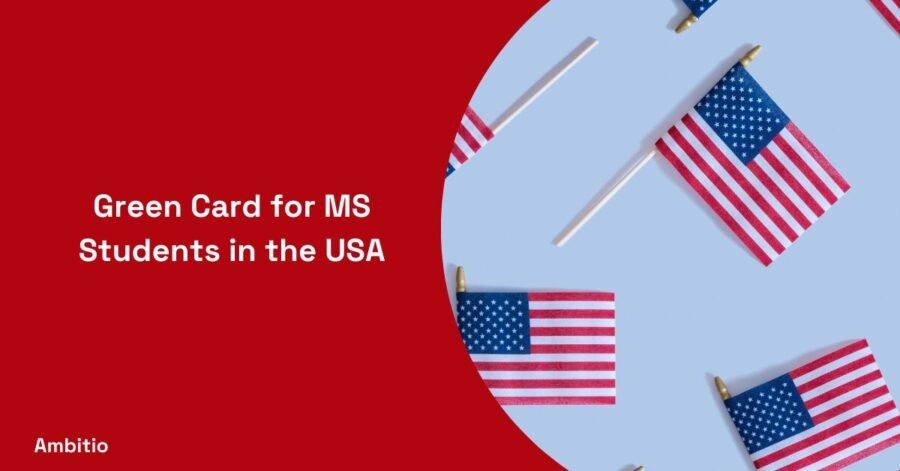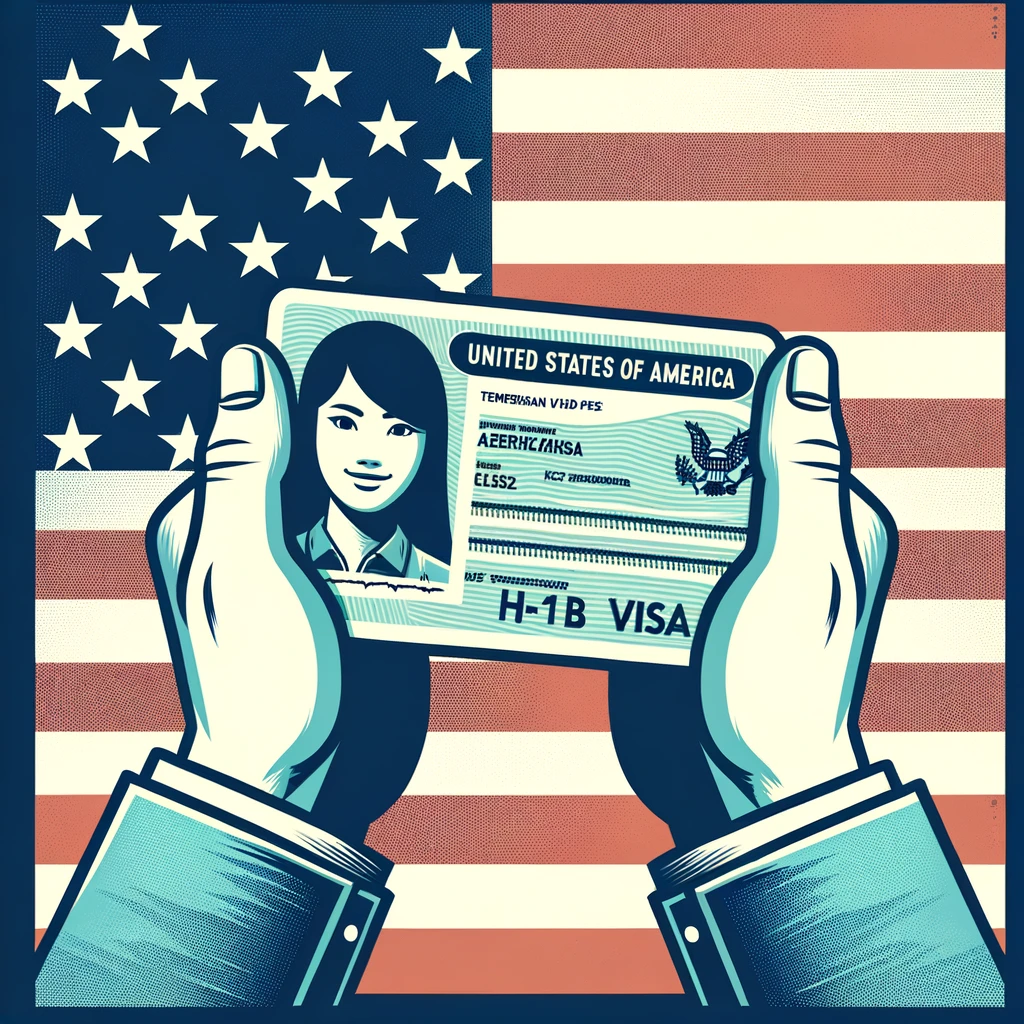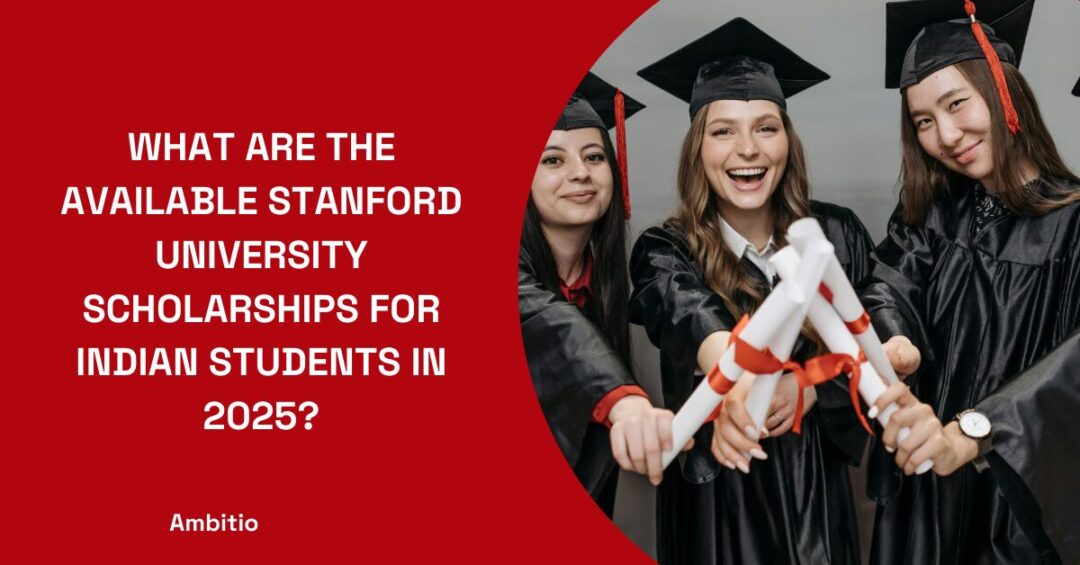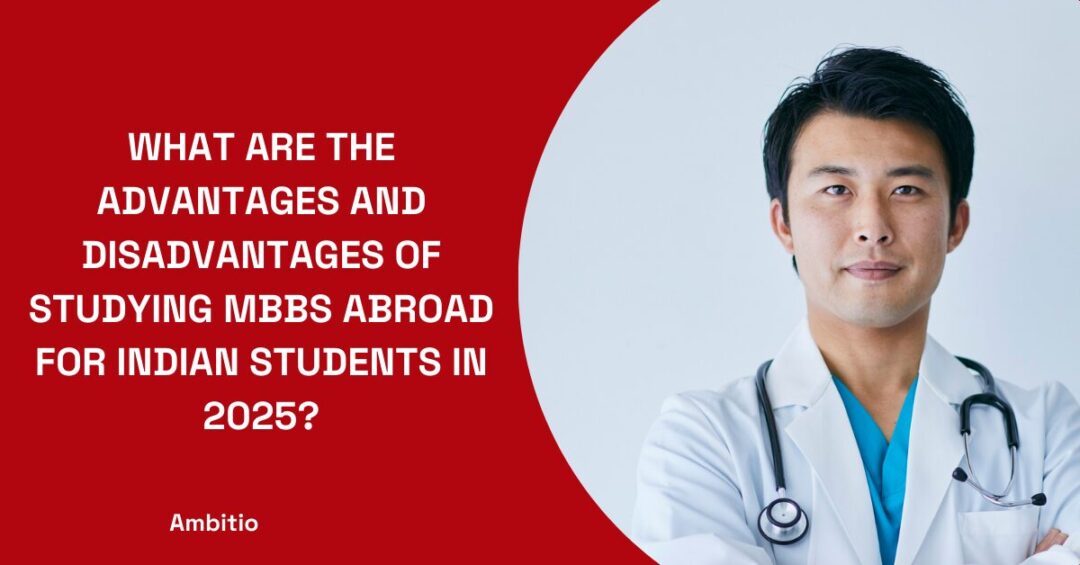11 December 2024
7 minutes read
Green Card for MS Students in the USA

Key Takeaways
- Visa Knowledge: Understand various visa types and their green card pathways.
- Practical Training: Utilize OPT and CPT for experience and visa transitions.
- Seek Sponsorship: Essential for green card acquisition through employment or family.
- Legal Assistance: Navigating U.S. immigration laws benefits from expert advice.
- Be Persistent: Overcome setbacks with informed planning and determination.
Introduction
For many overseas students looking for higher education possibilities, the United States is their ideal destination.
In addition to receiving a top-notch education, earning a Master of Science (MS) degree in the USA gives students access to a global job market and a multiracial social network.
After graduation, staying in the USA, navigating the professional environment, and maintaining a long-term residence become goals for individuals who want to continue on this wonderful adventure.
In terms of immigration, getting a green card is the key step to realizing this goal. Nevertheless, the procedure from having an F1 student visa to getting a green card can appear difficult.
This manual will clarify the procedure by offering important details and how-to instructions.
The Basic Premise of US Visas

A prerequisite to understanding the path to a green card is having a fundamental grasp of the various types of US visas, especially those typically involved in the journey of international students.
- Visa Type: F1 Visa
- Description: Non-immigrant visa for foreign students studying in the USA.
- Description: Non-immigrant visa for foreign students studying in the USA.
- Visa Type: H-1B Visa
- Description: Work visa for foreign workers in specialized fields.
- Duration: Allows up to 6 years of work in the US.
- Visa Type: H-3 Visa
- Description: For individuals in special education exchange visitor training programs.
- Description: For individuals in special education exchange visitor training programs.
- Visa Type: L-1 Visa
- Description: Allows multinational corporations to transfer workers to US branches.
- Description: Allows multinational corporations to transfer workers to US branches.
Note: Each visa type has specific eligibility criteria, durations, and requirements. It is important to consult with immigration professionals or refer to the official sources for detailed information.
- Visa Type: F1 Visa
- Duration: Length of program + 60 days.
- Transition to Green Card: Possible with careful planning, adherence to immigration laws, and specific actions during and after MS studies.
- Visa Type: H-1B Visa
- Duration: Up to 6 years.
- Transition to Green Card: Can be used as a stepping stone toward permanent residency. Requires employer sponsorship and demonstrates the unavailability of qualified US citizens.
- Visa Type: H-3 Visa
- Duration: Duration of training program.
- Transition to Green Card: Possible if qualified under certain employment-based categories.
- Visa Type: L-1 Visa
- Duration: Duration of employment.
- Transition to Green Card: Possible with employer sponsorship and meeting specific requirements.
Opportunities for Permanent Residency through these Visas
Both the H-3 and L-1 visas can potentially lead to a green card, given the right circumstances and with the correct steps taken. H-3 visa holders may transition to a green card if they qualify under certain employment-based categories.
L-1 visa holders can also qualify for a green card if their company is willing to sponsor them. As with the H-1B visa, the transition requires an employer to petition on their behalf.
Did You Know?
The H-1B visa offers a dual intent provision, allowing holders to apply for a green card while on a temporary work visa, unlike many other non-immigrant visas.
Understanding the Green Card Process
The green card process for international students in the USA can be a complex, multi-step journey. It generally involves obtaining practical training, finding a job, and securing sponsorship.
Every visa, every form, every interview is a step closer to achieving the American dream.
The Role of Practical Training

Practical training is a program that allows international students to work temporarily in their major field of study. It provides hands-on experience, paving the way for job opportunities and potentially helping secure a work visa or green card in the future.
Optional Practical Training (OPT) and Curricular Practical Training (CPT)
OPT and CPT are two types of practical training. OPT can be utilized before or after completing studies, whereas CPT is used during the program. Both programs provide international students the opportunity to gain experience in their field of study.
For F1 students seeking a path to a green card, the OPT, especially the post-completion OPT, is often a vital step. The experience gained during the OPT can enhance the student’s profile, potentially leading to job opportunities that could result in an H-1B visa or other work visas.
Sponsorship and Petitioning
The idea of sponsorship is a key component of the green card application process. A sponsor who is a US citizen or lawful permanent resident is typically necessary to obtain a green card, which could be an employer or a member of the family.
Employers and Family Sponsors
By submitting Form I-140, Immigrant Petition for Alien Worker, to US Citizenship and Immigration Services (USCIS), employers may sponsor foreign workers.
Before filing, the company must get a labor certification from the Department of Labor demonstrating that there are insufficient US workers who are willing, able, and competent to do the position.
Family members of alien relatives may also petition for them using Form I-130, Petition for Alien Relative if they are US citizens or lawful permanent residents.
The complexity and length of the family sponsorship procedure vary based on the nature of the family link and the sponsor’s immigration status.
The transition from Student Visa to Permanent Residency
Changing one’s immigration status and requesting a work visa after graduation are typically required steps in the process of moving from a student visa to permanent residency.
Adjustment of Status
The F1 student or H-1B worker may apply to change their status from a holder of a non-immigrant visa to a permanent residence if the sponsor’s petition is approved and a visa number becomes available.
Form I-485, Application to Register Permanent Residence or Adjust Status, must be filed to accomplish this.
Changing from F1 Student to Green Card Holder
The adjustment of the status process requires a thorough application to USCIS, accompanied by necessary documentation proving the applicant’s eligibility.
The documents generally include proof of the approved petition, evidence of inspection, admission or parole into the USA, and medical examination results.
After applying, the applicant should wait for the interview notification and attend it on the scheduled date.
Applying for a Work Visa
After graduation, one popular pathway from F1 to a green card involves applying for a work visa, such as H-1B or L-1. This path generally requires finding a job offer from a US employer related to the field of study.
H-1B and other Work Visas after Graduation
After obtaining a job offer, the employer will petition for a work visa on behalf of the international student. Securing a work visa like the H-1B or L-1 allows the graduate to remain in the USA, gain crucial work experience, and establish a career.
As the graduate continues to work, they may eventually find an opportunity to transition to a green card, often through employer sponsorship.
Path to US Citizenship
The process to US citizenship begins for the green card holder after becoming a permanent resident.
From Green Card Holder to US Citizen
With a green card, an international student has already won half the battle for US citizenship. The green card holder can live and work in the USA permanently.
After maintaining the green card for a certain period and meeting other requirements, the holder may apply to naturalize as a US citizen.
Naturalization Process and Requirements
The naturalization process involves filing Form N-400, Application for Naturalization. The applicant needs to meet specific eligibility requirements.
These include being at least 18 years old at the time of filing, being a green card holder for at least five years (or three years if married to a US citizen), having lived in the state or USCIS district where they claim residence for at least three months, and demonstrating good moral character, among others.
Other Routes to a Green Card
- Family Sponsorship:
- Description: Green card sponsorship by a close family member who is a U.S. citizen or green card holder.
- Description: Green card sponsorship by a close family member who is a U.S. citizen or green card holder.
- Marriage:
- Description: Obtain a green card through marriage with a U.S. citizen or green card holder.
- Description: Obtain a green card through marriage with a U.S. citizen or green card holder.
- Diversity Lottery:
- Description: Participate in the Diversity Visa Lottery program for random green card selection.
- Description: Participate in the Diversity Visa Lottery program for random green card selection.
- Refugee or Asylum:
- Description: Get refugee or asylum status and apply for a green card after meeting requirements.
- Description: Get refugee or asylum status and apply for a green card after meeting requirements.
- Employment-Based:
- Description: Green card through employment sponsorship for individuals with exceptional abilities or in-demand skills.
- Description: Green card through employment sponsorship for individuals with exceptional abilities or in-demand skills.
- Investment:
- Description: Apply for an EB-5 immigrant investor visa by making a significant investment in a U.S. business.
- Description: Apply for an EB-5 immigrant investor visa by making a significant investment in a U.S. business.
- Special Programs:
- Description: Green card options for specific categories like religious workers or crime victims.
- Description: Green card options for specific categories like religious workers or crime victims.
Overcoming the Challenges
The path to a green card is often paved with challenges and setbacks, mainly due to the complexity of immigration laws and potential application denials.
Navigating the Complexity of Immigration Laws
US immigration laws are intricate and ever-changing. Hence, planning the transition to a green card requires an understanding of these laws, continuous monitoring of policy updates, and strategic decisions at different stages of the MS studies and beyond.
Legal Help and Consultation
An immigration attorney can provide essential guidance throughout the green card process. They can help devise a personalized strategy, prepare application materials, avoid pitfalls, respond to government requests, and deal with unexpected situations.
Dealing with Potential Setbacks
Like any major endeavor, the path to a green card can involve setbacks, including visa denials or delays. Knowing how to handle these setbacks is crucial.
Visa Denials and Delays
Understanding the reasons behind a visa denial or delay can help one determine the next steps. In some cases, the applicant can address the issues raised and reapply.
In other cases, they may need to consider other immigration options. Consulting with an immigration attorney can be extremely beneficial in such situations.
Conclusion
The path from becoming an MS student in the USA to receiving a green card is difficult but worthwhile. Numerous international students successfully negotiate this path every year, eventually building a rewarding life and profession in the USA, despite the challenges and potential disappointments.
The journey calls for perseverance, preparation, resolve, and, frequently, professional legal counsel. However, every effort brings people who aspire to live in the USA one step closer to their goal.
Are you an international student dreaming of a future in the U.S.? Start your journey with Ambitio’s comprehensive guide to transitioning from an F1 visa to a green card.
Chart your educational course with Ambitio in the USA! Learn from the best, immerse in global experiences, and test theories in real life. Your future awaits – Study in USA.
Dive into the success stories of students who’ve secured spots in some of the most prestigious institutions in the USA. Get inspired, compare profiles, and discover what it takes to join the ranks of these top admits.
FAQs
Can F1 students submit a green card application?
Yes, a student with an F1 visa can apply for a green card through several different routes, such as employment, family sponsorship, and the Diversity Visa Program.
What function does Optional Practical Training (OPT) serve in the application for a green card?
International students can gain relevant job experience through OPT, which is beneficial when requesting work visas or green cards.
Is it feasible to change my H-1B visa to a green card?
If your company is prepared to sponsor your application, the H-1B visa can assist you to start along the road toward obtaining a green card.
How long does it take to get US citizenship after getting a green card?
Typically, you can apply for US citizenship after five years of being a green card holder. If you’re married to a US citizen, you can apply after three years.
What if my visa application gets denied?
Visa denials can happen, but it doesn’t mean the end of your journey. Understanding the reason for denial and reapplying with an improved application is key.

You can study at top universities worldwide!
Get expert tips and tricks to get into top universities with a free expert session.
Book Your Free 30-Minute Session Now! Book a call now




























